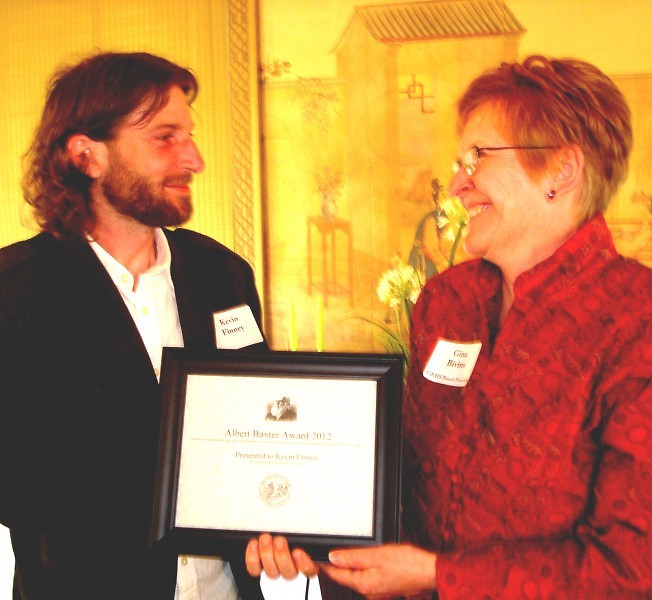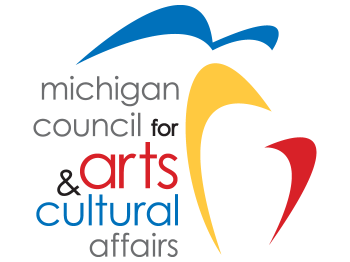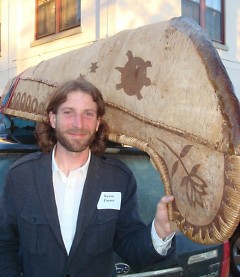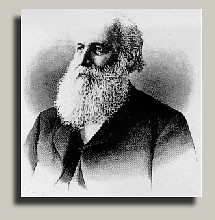Kevin Finney, local cultural historian, outdoorsman and scholar, was honored with the 2012 Baxter Award Thursday night by the Grand Rapids Historical Society at its annual banquet at the Women's City Club. Finney is widely known for his expertise in the life and history of Native Americans from the Great Lakes region.
The award is named after the late author and historian Albert Baxter to honor persons who have made significant contributions to the preservation and interpretation of the Grand River Valley. Baxter authored the detailed 840-page book "History of the City of Grand Rapids" published in 1890.
Our community's awareness of Native American history has been greatly enriched with the work of Finney. He teaches and writes books in the Pottawatomi language, helps kids build authentic birch-bark canoes and bark houses, and develops educational resources focused on Native American culture.
Finney, who lives with his family just north of Hopkins, is hired by schools, museums and historical sites from across the country for his expertise. Since 1998 he has reconstructed dozens of detailed, historically accurate Native American structures at interpretive sites and schools across the Great Lakes region. Many were built with students and the Native American community. He's also supplied film and television production crews with authentic Native American canoes, bark-covered wigwams, hides, pottery, stone tools and clothing.
Two months of the year, the educator serves as an artist-in-residence at the Goodwillie Environmental School in Forest Hills Public School District, teaching fifth graders local history through hands-on activities and historical research with students. The projects focus on historical mapping, fur trade history, snowshoe making and building a birch-bark canoe similar to those constructed by Native Americans years ago.
In 2009, Finney founded the Great Lakes Lifeways Institute, a non-profit educational organization dedicated to preserving and sharing the heritage of the Great Lakes region's land, traditions, arts and culture.
In addition to this, Finney conducts numerous community workshops and classes, including Potawatomi language courses for the Gun Lake Band of Pottawatomi Indians, programs at the Osher Lifelong Learning Institute (OLLI) at Aquinas College, and the Great Lakes Traditional Arts Gathering he's coordinating and hosting this August, a four-day event on Drummond Island.
Currently he's working on a grant-funded project called "Think Grand," collaborating with Grand Rapids Public and Forest Hills Middle School students. They are developing an interactive, multi-media website about local history and environment focused on our cultural relationship throughout generations with the Grand River.
The Baxter Award has been presented each May since 1980. Last year's winner was Rebecca Smith-Hoffman, a long-time champion for saving local prominent landmarks and buildings.
Local historian and author Gail M. Snow offered a sneak peek of her historical research for a book she's working about Reeds Lake following the award's ceremony.
Her slide presentation offered a glimpse of the once-rollicking days when steamers with names like the Major Watson, Hazel A, and Ramona cruised the lake in East Grand Rapids generations ago. Boaters belonged to clubs with names like the Lakeside Club, Boat and Canoe Sports, and the O-Wash-Ta-Nong Club.
Snow expects to complete her book in the next year or two. Those interested in learning more about her research can reach her at [email protected].
The Rapidian, a program of the 501(c)3 nonprofit Community Media Center, relies on the community’s support to help cover the cost of training reporters and publishing content.
We need your help.
If each of our readers and content creators who values this community platform help support its creation and maintenance, The Rapidian can continue to educate and facilitate a conversation around issues for years to come.
Please support The Rapidian and make a contribution today.



